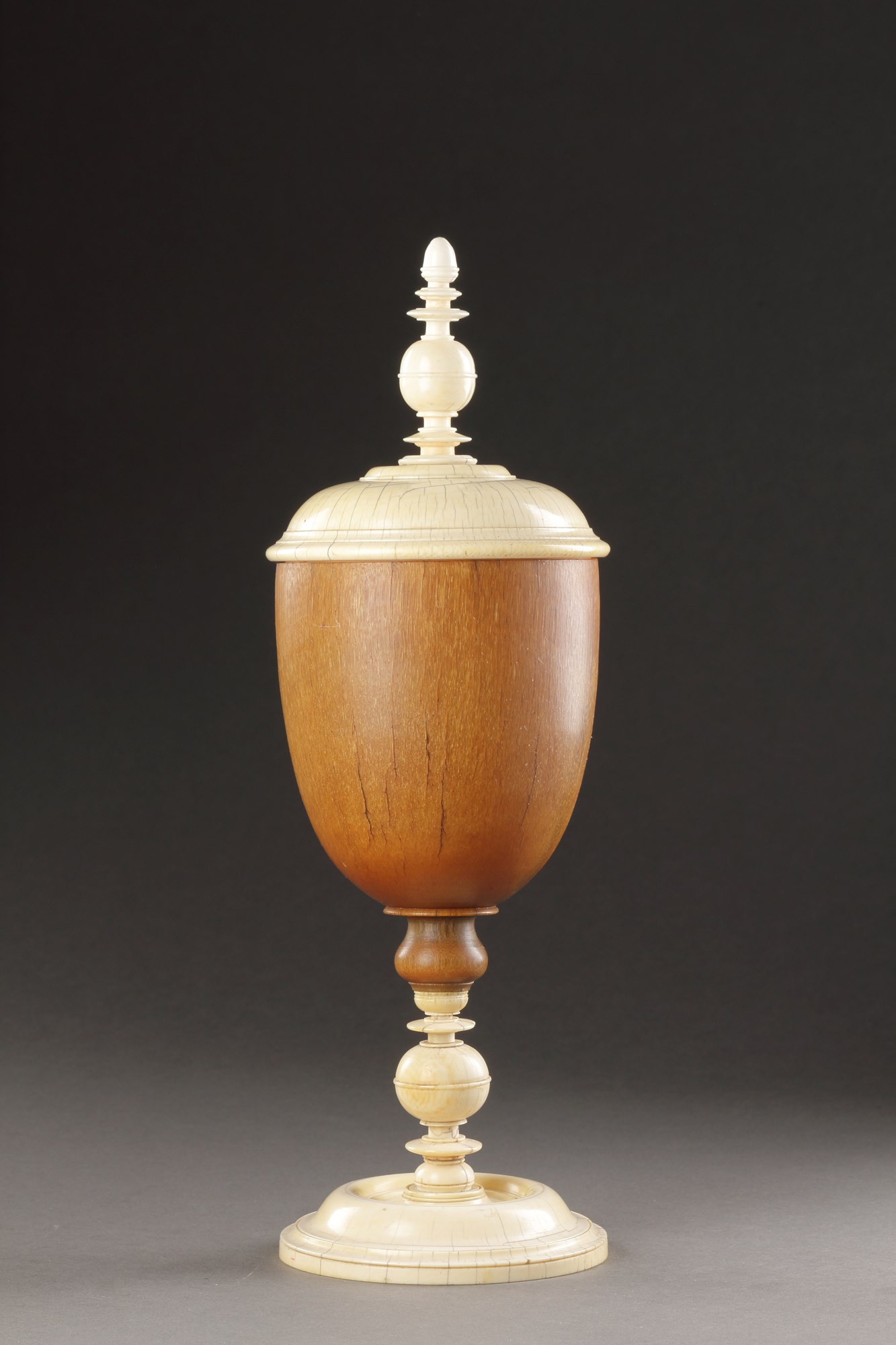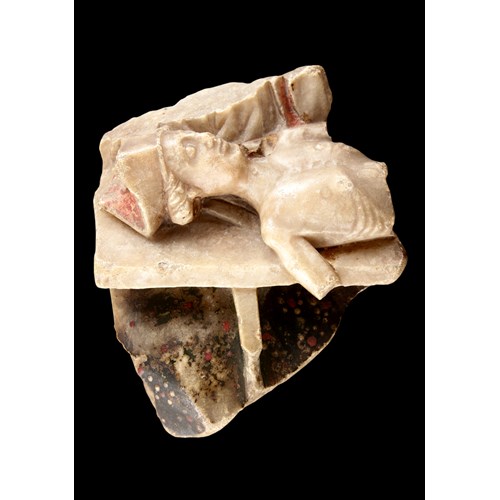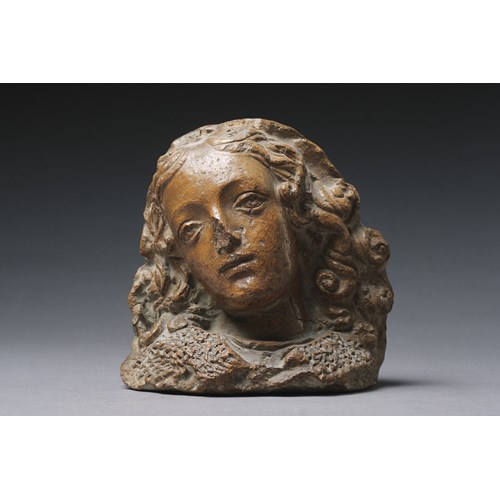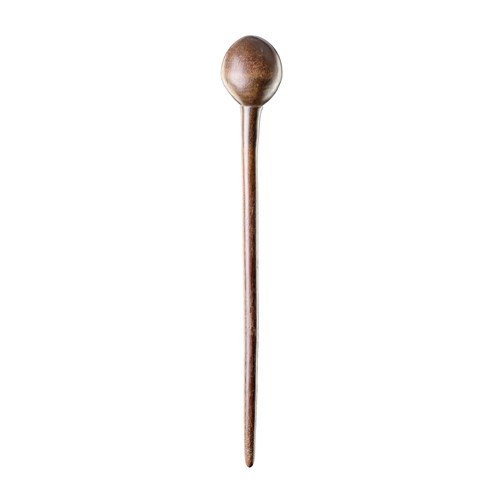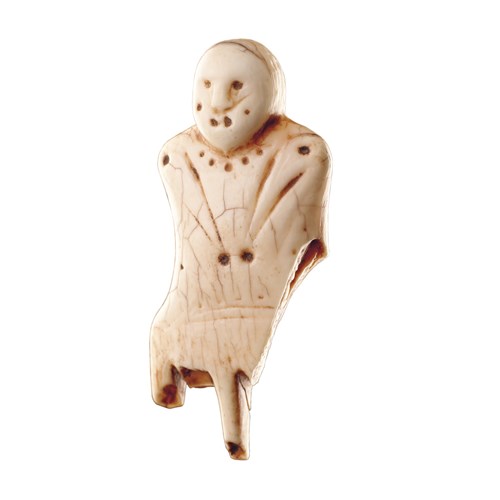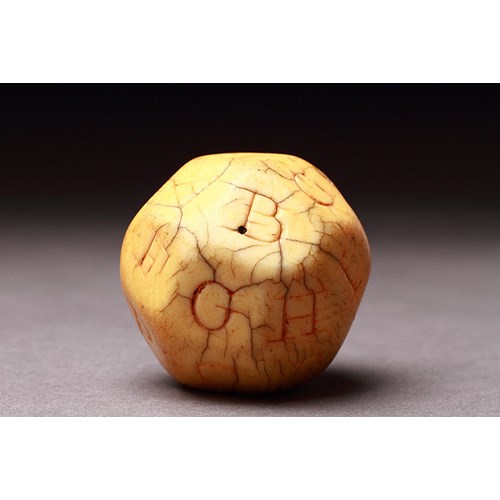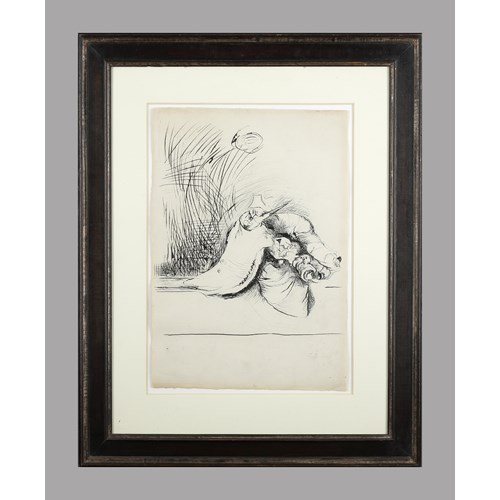A Fine and Large Late Renaissance Turned Standing Rhinoceros Horn Cup and Ivory Cover
Epoque 1600-1700
Origine German
Medium Ivory, Rhinoceros Horn
Dimension 33 x 11 x 11 cm (13⁰/₁ x 4³/₈ x 4³/₈ inches)
Old smooth patina, age cracks to foot
Rhinoceros Horn and Ivory
German
First Half 17th Century
SIZE: 33cm high, 11cm dia (max) – 13 ins high, 4¼ ins dia. (max)
Belgium CITES 2025/BE01678/CE
Epoque: 1600-1700
Origine: German
Medium: Ivory, Rhinoceros Horn
Dimension: 33 x 11 x 11 cm (13⁰/₁ x 4³/₈ x 4³/₈ inches)
Provenance: Ex Finch and Co, item number 77, catalogue number 20, Summer 2013
Ex Private collection
SEE: Finch and Co item no. 16, catalogue number 34, Summer 2020, for another example, and item no. 57, catalogue number 12, for a turned rhinoceros horn vessel and item no. 12, catalogue number 9, for three 18th century turned rhinoceros horn vessels
CF: A cup and cover of similar shape engraved with the inscription ‘The Exalted Roman Emperor Rudolf II’s Goblet Which Protects Against Poison – The Unconquerable Emperor’s Hand Shaped This Ingenious Goblet’ D 406.766 / 339 Royal Danish Kunstkammer, Copenhagen, National Museum
Belgium CITES 2025/BE01678/CE
Literature: The Milanese master instructor of turning Giovanni Ambrogio Maggiore visited Bavaria on various occasions between 1574 and 1593 to teach the Duke Wilhelm this newly invented form of art, creating marvellous objects from natural substances. Maggiore also trained the artist Georg Wecker who went on to become in 1578 Dresden’s ‘court turner for life’ to the Elector Augustus of Saxony. Regarded at the time as a form of advanced mechanical technology, the art of virtuosity turning in ivory, ebony and rhinoceros horn became a princely pastime for ‘Drechselnder souverän’.
Rhinoceros horn objects were regarded as items of great rarity and prestige in Renaissance Europe, but they had been regarded as objects of great value with inherent magical properties for well over one thousand years before this time in China, and by the early 17th century Chinese cups and vessels of carved rhino horn were being exported to Europe to meet the demand for exotic curiosities for the cabinets of wealthy collectors.
Plus d'œuvres d'art de la Galerie


